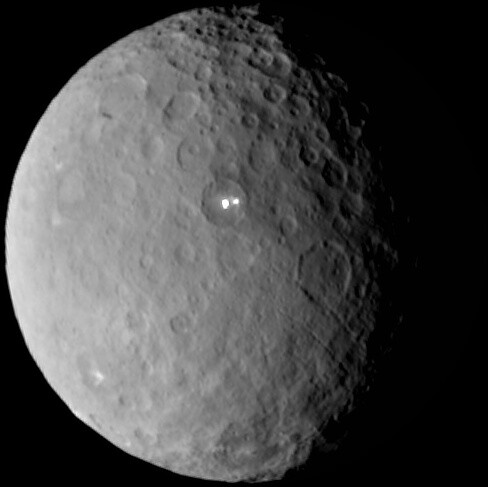Early this morning, the Dawn spacecraft was captured in orbit around Ceres, a dwarf planet 3.1 billion miles away from earth.
The mission was seven and a half years in the making for NASA's Jet Propulsion Laboratory and marks the first time a spacecraft has ever achieved orbit around a dwarf planet.
For more on this mysterious, alien world, Host A Martinez spoke with Professor Christopher Russell, Dawn's principal investigator and the man who proposed the mission to NASA 15 years ago.
Since its discovery in 1801, Ceres has suffered an identity crisis, but now it has finally found its place in the sun.
“Ceres got demoted several times and the IAU (International Astronomical Union) came along and demoted Pluto just a few years ago, but they really promoted Ceres because Ceres now became a planet again even if it was only a dwarf planet, ” said Russell.
Dawn has captured several images of Ceres from the time it began its approach to the dwarf planet last December. A few of those images revealed some unexpected things.
“We were surprised. We expected to see a cratered surface... but we discovered at least a couple of spots that are really bright... it’s very, very small so we can’t resolve what it is. We don’t know whether there’s a mountain of ice or a skating rink or a pile of snow," said Russell.
Though scientists know with certainty that Ceres is wet, the next goal is to figure out whether the water is frozen or liquid floating underneath the surface. Russell hopes that they can resolve this question with higher resolution images expected next month.
“In late April, when we get into that preferred orbit that we are trying to work our way towards, we will point cameras at the planet and then it will rotate under us and we will do that from different vantage points. We’ll get a look at the whole planet and then start looking for the various exciting things down on the surface." Said Russell.
For a more in-depth explanation of Dawn and its journey to Ceres by Mission Director, Marc Rayman, see the video below:





